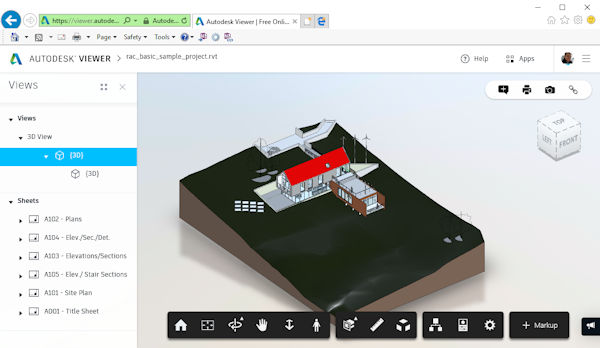
However, unstructured scan data can still be used for all the available editing capabilities within the free version of the ReCap product. These panoramas are excellent communication tools for conveying the real-world conditions of a scanned environment without having a physical presence.Īll the other scan file formats that ReCap can import cannot be used for the mentioned features above. This laser scan data that is recorded by terrestrial 3D scanners that can be imported by ReCap in a 3D panoramic representation that is both visually compelling as well as measurable. RealView on ReCap 360 is an online service that provides scan viewing, sharing, measurement, and annotations (including hyperlinks). – Publish scans on the cloud and share by using RealView on (Free) – View the scans in “Panorama” mode (Free) – Register/align scan data (only with Pro version) It’s a way that the scan data is stored from the hardware that ReCap can use to:

These file formats, and some types of binary E57 scan files, are primarily structured scan data. Structured scan data is mainly coming from Faro, Leica, Z+F, Riegl and Trimble 3D laser scanners in the format of. To align, or if you prefer to register scans with ReCap not only you need the “Pro” version, but ReCap also requires that your scan data is structured. ReCap Pro is an in-product enhancement to ReCap that dramatically improves the quality and efficiency of laser scanning projects with target-less registration, the process of aligning scans together without markers. In this article, I’ll try to explain briefly all the file formats that the Autodesk ReCap product can read and export. “What created them”, “What do they represent”, and most importantly, “How we can use them” and “Which product do I use them in”? Many of you who have come across 3D laser scan data or digital photogrammetry models have probably wondered about all the new file formats.


 0 kommentar(er)
0 kommentar(er)
